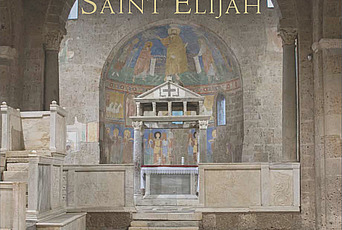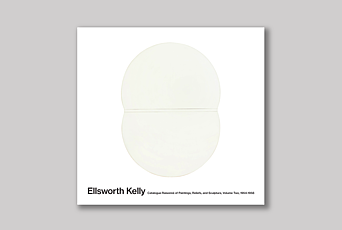Animating the Antique: Sculptural Encounter in the Age of Aesthetic Theory, a pioneering work of eighteenth and nineteenth century art history, has been published by Penn State University Press. Sarah Betzer, a past Member and Visitor (2014–15, 2016) in the School of Historical Studies, wrote the book during her time at the Institute, culminating in the groundbreaking and widely-acclaimed text that spans a century-and-a-half and offers a new account of the distinctively modern allure of the antique.
Betzer explores the productive tensions between sculpture viewed in time and space and its translation into two-dimensional representation in an account that moves across Rome, Florence, Naples, London, Dresden, and Paris, and scrutinizes a multitude of artists along with such writers as Goethe and Winckelmann, Hegel, Walter Pater, and Vernon Lee. At the heart of Betzer’s study are traces of encounters with antique sculpture––at once material and imagined––in travel accounts and gallery diaries, literary descriptions and philosophical texts, and as captured in painting, drawing, engraving, and photography.
In Betzer’s analysis, sculpture's gelid and mortifying capacities are shown to be intimately linked to the animating, vivifying, and transformative potential involved in beholding antique sculpture. This structural dialectic cut both ways, ensnaring beholder and sculpture even as it underwrote artistic, philosophical, and touristic encounters alike, and with significant ramifications for the making and experience of modern art, the writing of art theory, the practice of art history, and for what Betzer describes as “a significantly queer Nachleben of the antique.”
During her time at the Institute, Betzer says, “I had the luxury to dig deep into the artistic and literary sources that brought to life powerfully affective artistic encounters and attested to the fact that antique figural sculpture was the focus of tremendous intellectual and creative energies in the period. It became clearer than ever to me,” she says, “that far from an immutable ideal or iconographic constant, conceptions of the antique across this period were volatile, fraught, and contested, even while they anchored vital debates, at once philosophical, aesthetic, antiquarian, archaeological, touristic, museological, and art historical in nature.”
“My time on (and near) Einstein drive was a period of unparalleled productivity and discovery, in large part thanks to the cohort of scholars who became treasured friends and interlocutors over the course of the book’s completion and beyond. This book’s final shape is a testament to Emeritus Professor Yve-Alain Bois’s brilliance in recognizing common threads amongst scholars whose research expertise spanned centuries. Together, we were able to explore our shared fascination with the meeting of art theory and practice, and with particular focus on the frisson and frictions involved in questions of inter- or trans-mediality.”
Animating the Antique is Betzer’s most recent book. Her first publication, Ingres and the Studio: Women, Painting, History, was published in 2012 by Penn State University Press.



